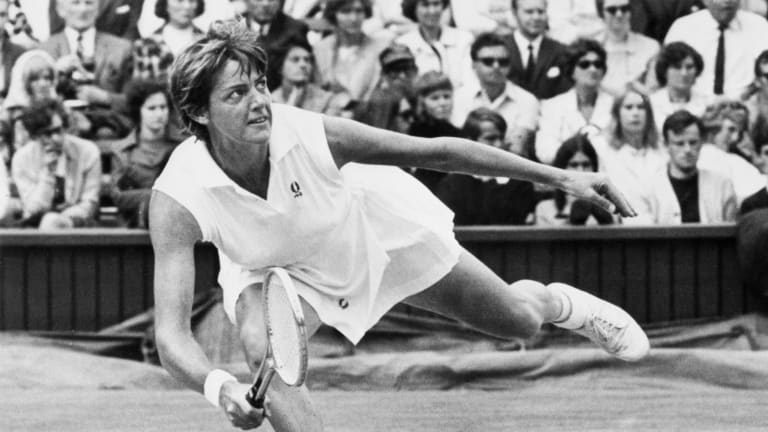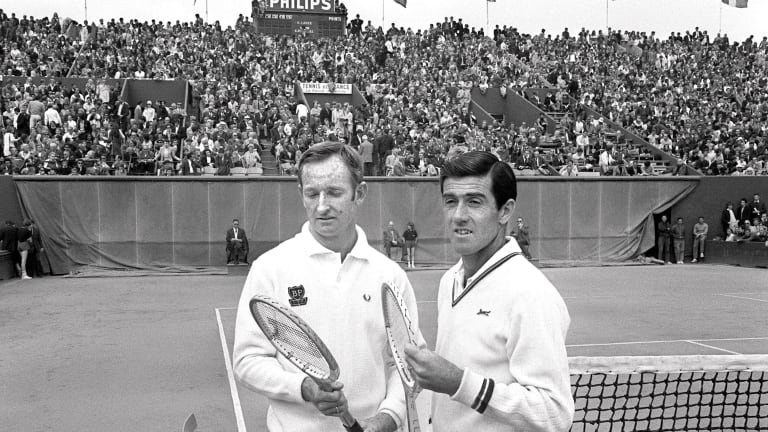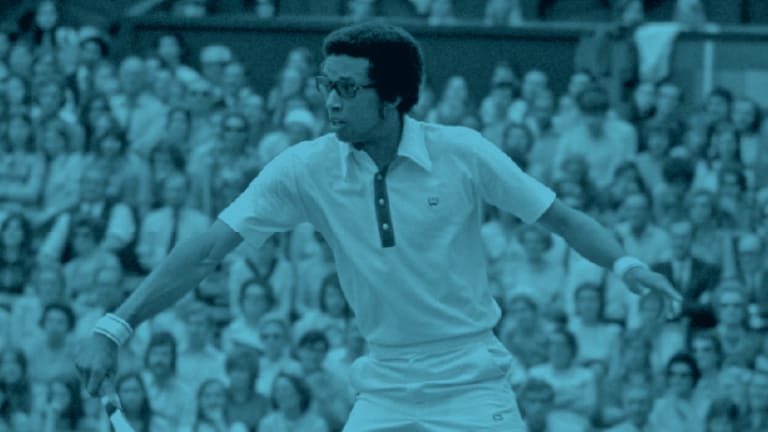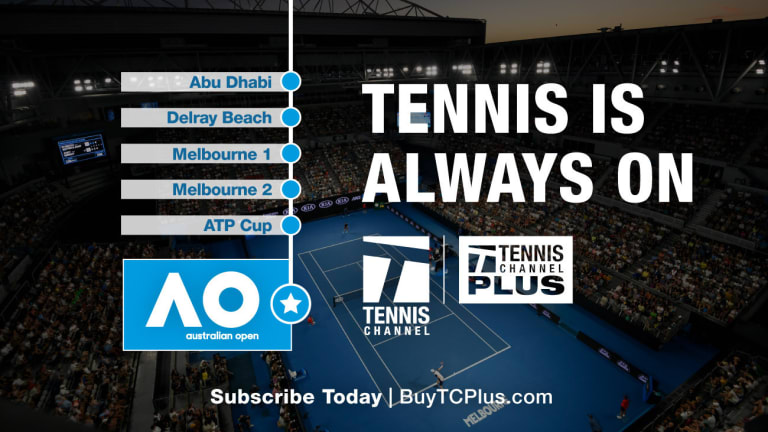Australian Open
The Australian Open wasn't normal 50 years ago, either
By Jan 17, 2021Australian Open
Australia at Last: Reflections on a first trip to the AO
By Jan 29, 2025Australian Open
Alexander Zverev must elevate his game when it most counts—and keep it there
By Jan 27, 2025Australian Open
Jannik Sinner draws Novak Djokovic comparisons from Alexander Zverev after Australian Open final
By Jan 26, 2025Australian Open
Alexander Zverev left to say "I'm just not good enough" as Jannik Sinner retains Australian Open title
By Jan 26, 2025Australian Open
Jannik Sinner is now 3-0 in Grand Slam finals after winning second Australian Open title
By Jan 26, 2025Australian Open
Taylor Townsend and Katerina Siniakova win second women's doubles major together at the Australian Open
By Jan 26, 2025Australian Open
Madison Keys wins her first Grand Slam title at Australian Open by caring a little bit less
By Jan 25, 2025Australian Open
Henry Patten, Harri Heliovaara shrug off contentious first set to win Australian Open doubles title
By Jan 25, 2025Australian Open
Aryna Sabalenka takes a rare loss in Australian Open slugfest
By Jan 25, 2025The Australian Open wasn't normal 50 years ago, either
The season's first Grand Slam tournament was on the endangered list. It had always been the least prestigious of tennis’ four majors, owing to its distance from Europe and the U.S., to the January start date, to its small, shallow draws.
Published Jan 17, 2021
Advertising

The Australian Open wasn't normal 50 years ago, either
© AFP via Getty Images
Advertising

The Australian Open wasn't normal 50 years ago, either
Advertising

The Australian Open wasn't normal 50 years ago, either
© AFP via Getty Images
Advertising

The Australian Open wasn't normal 50 years ago, either
Advertising

The Australian Open wasn't normal 50 years ago, either